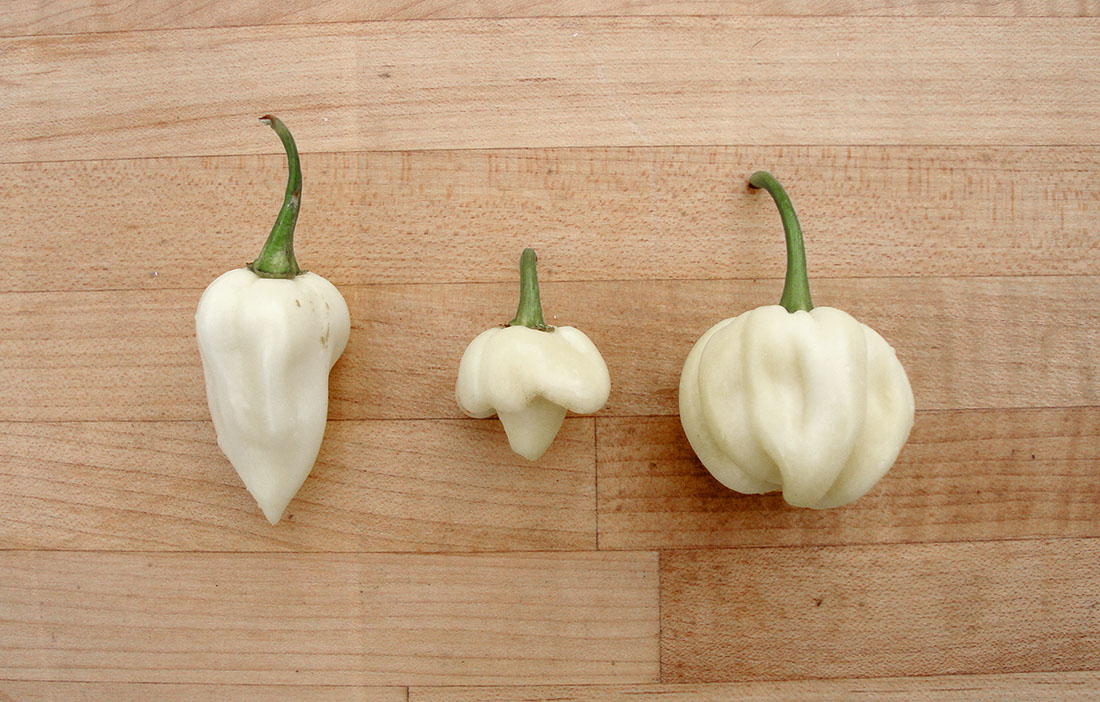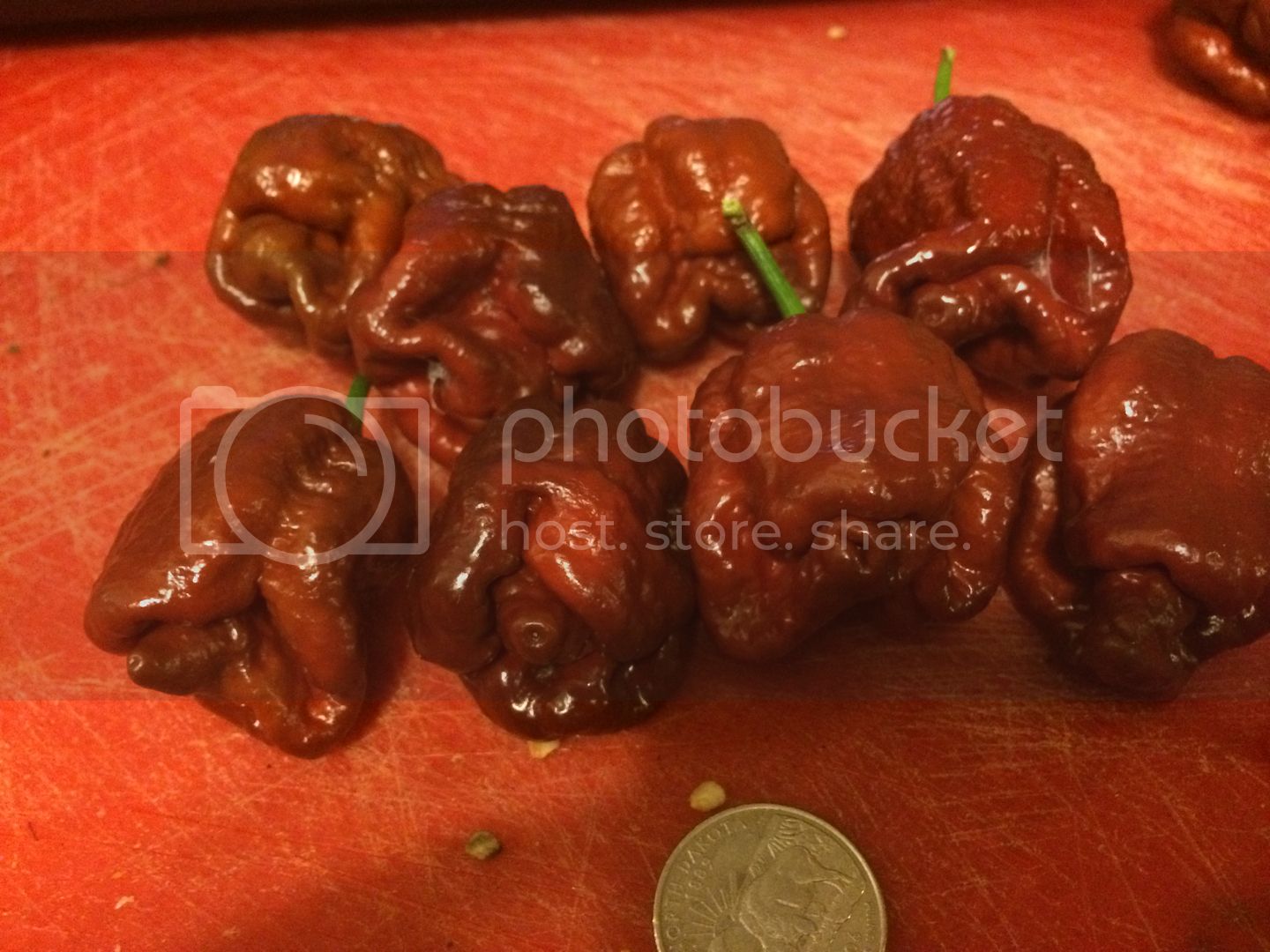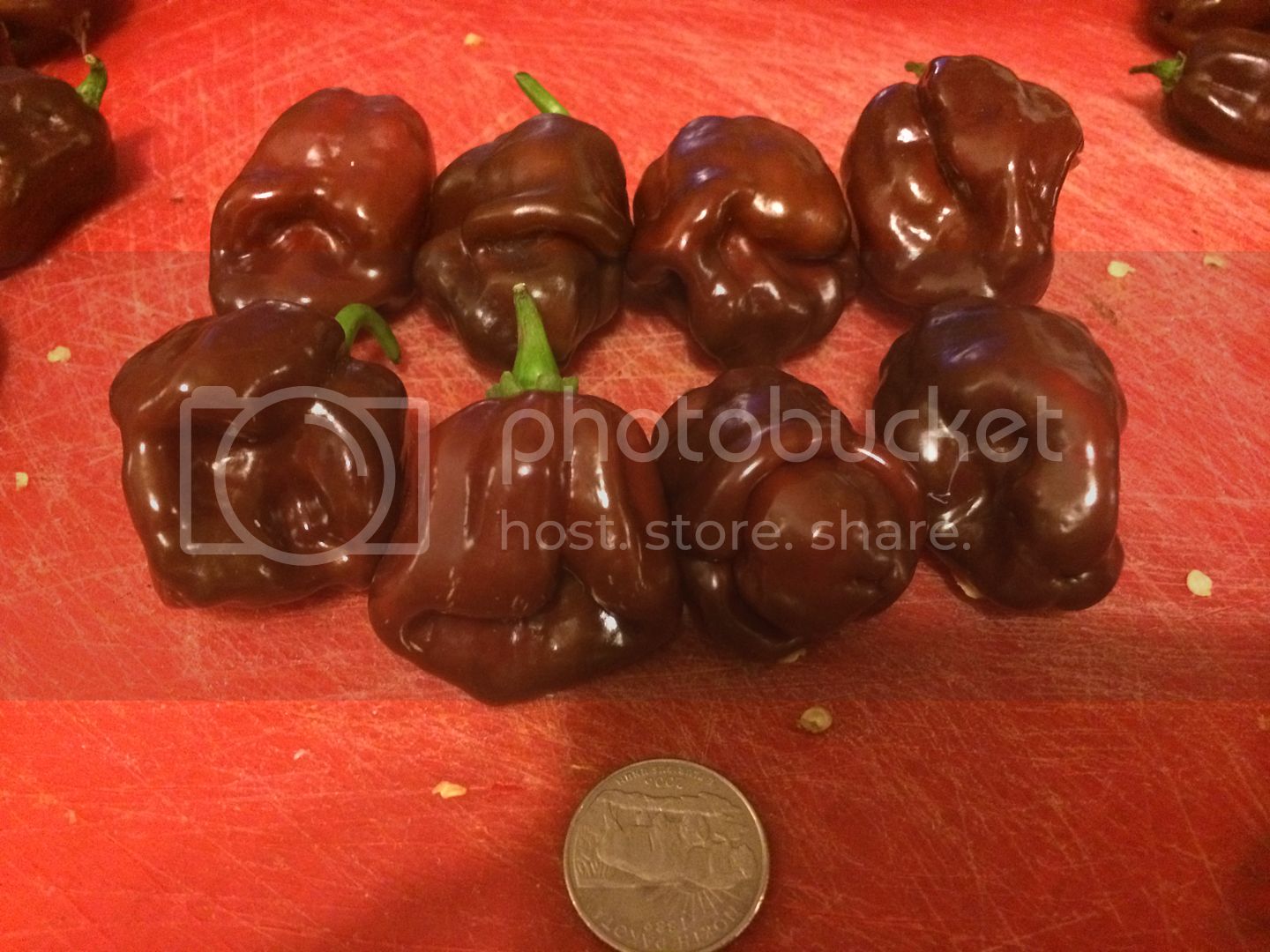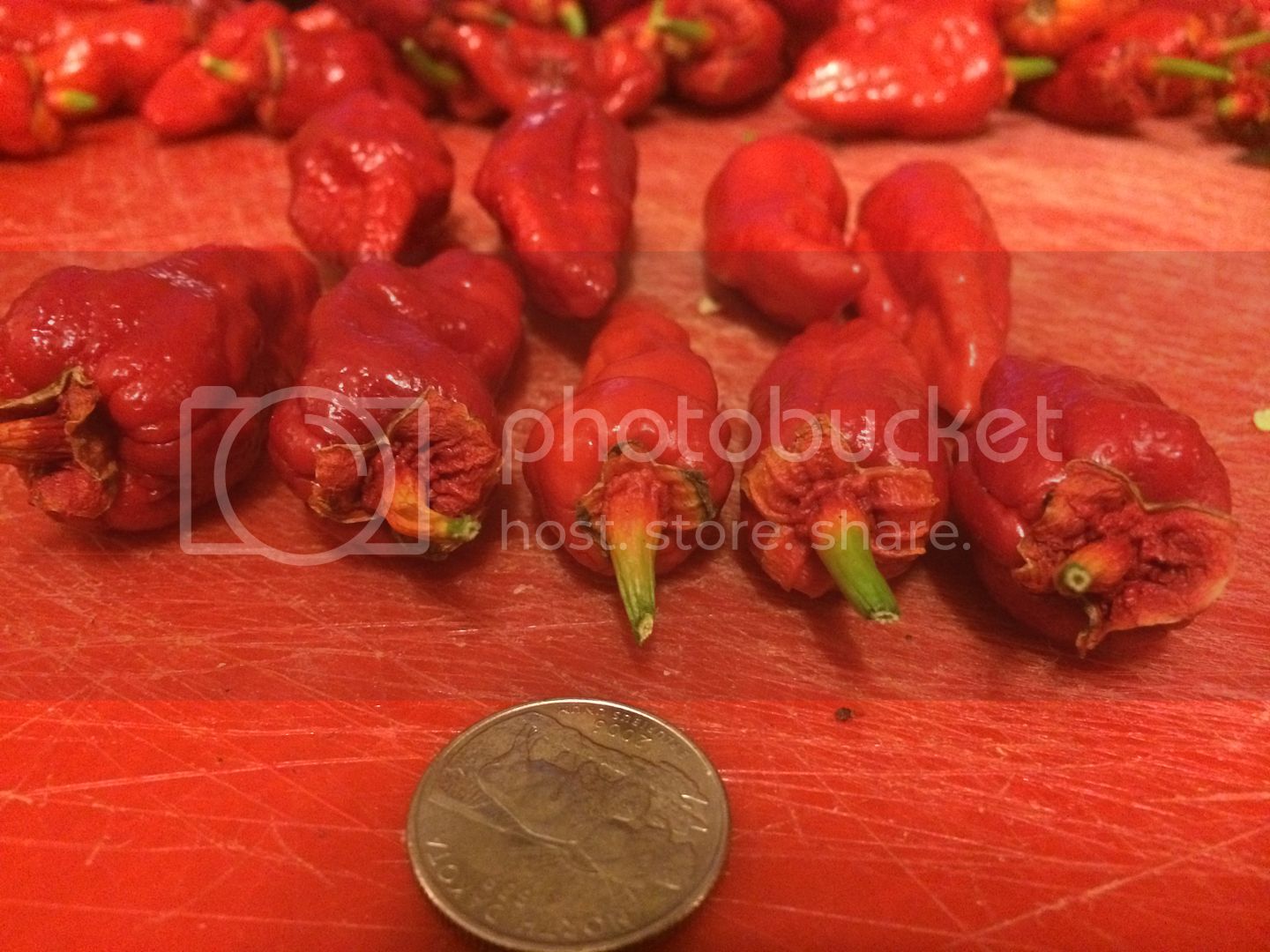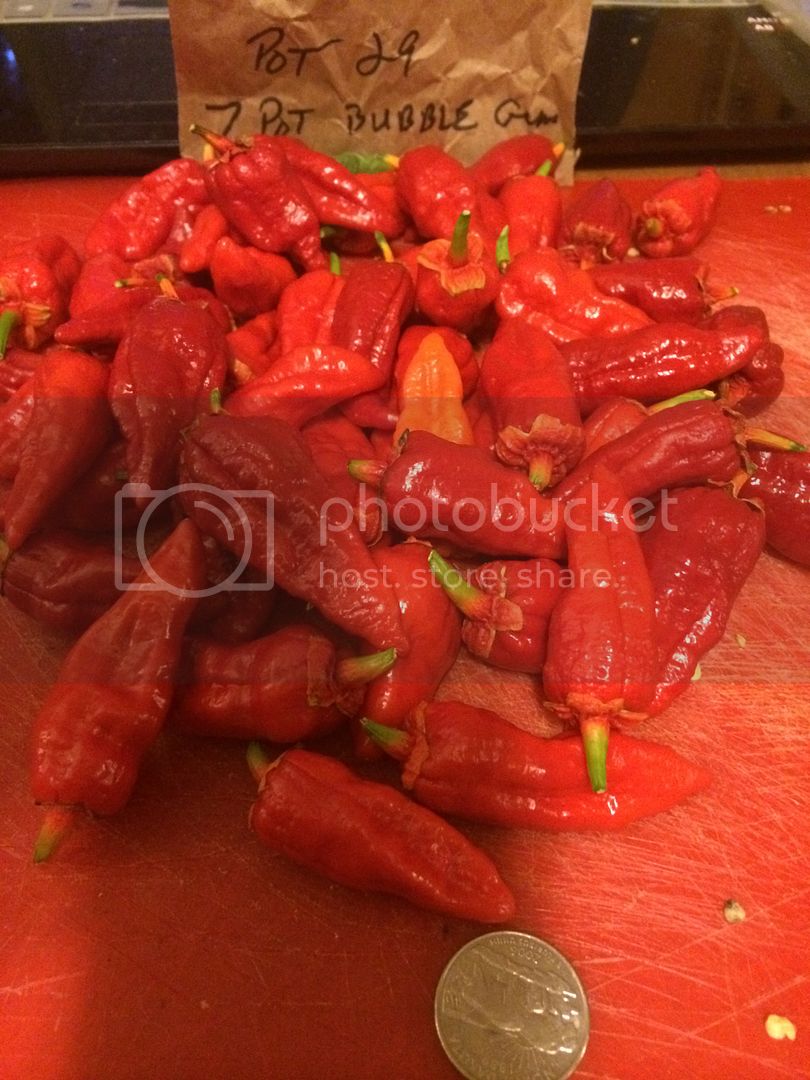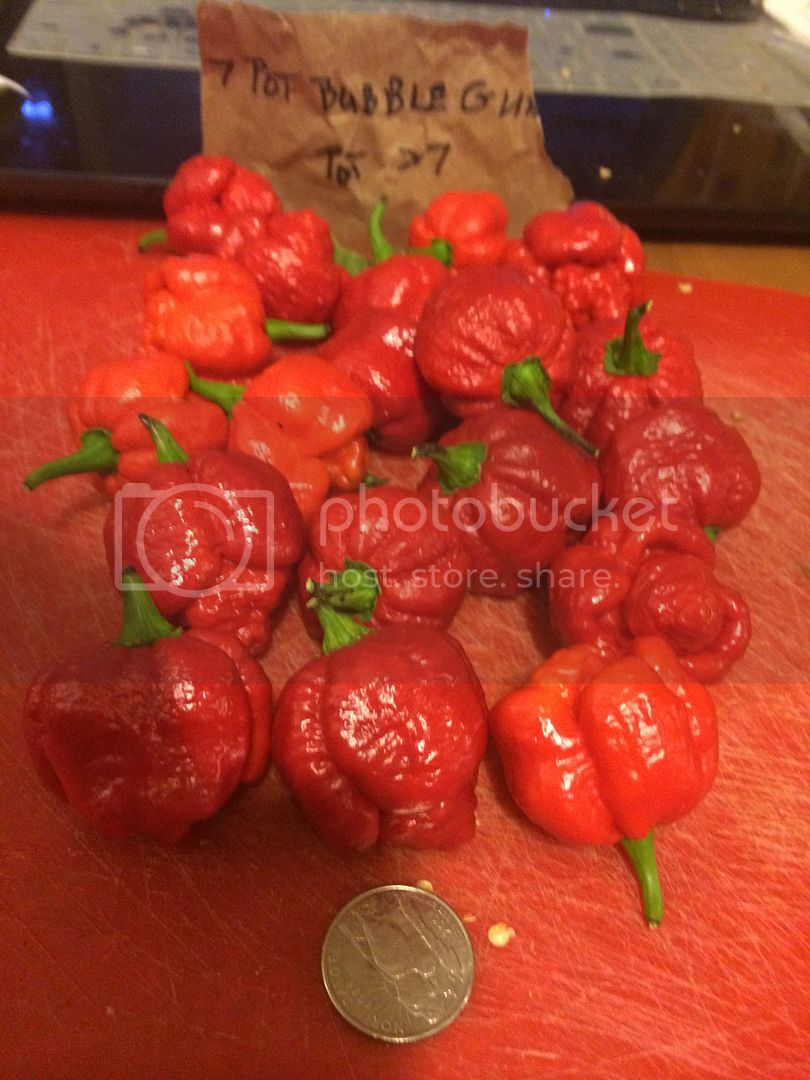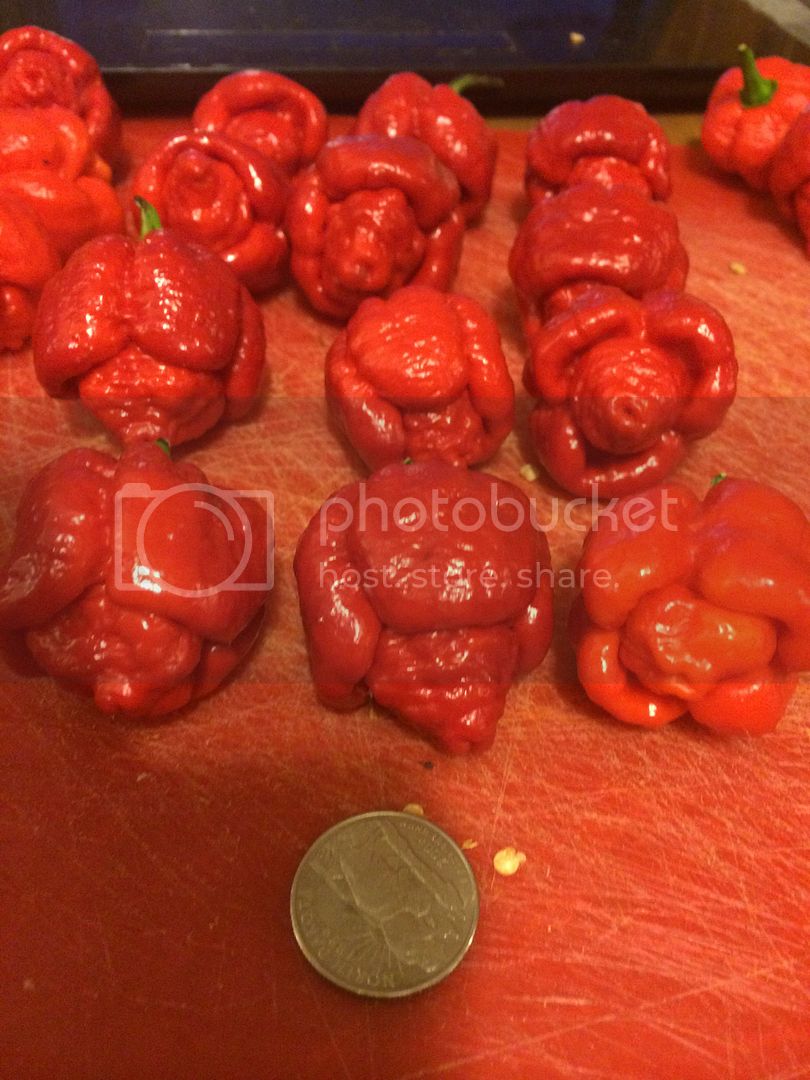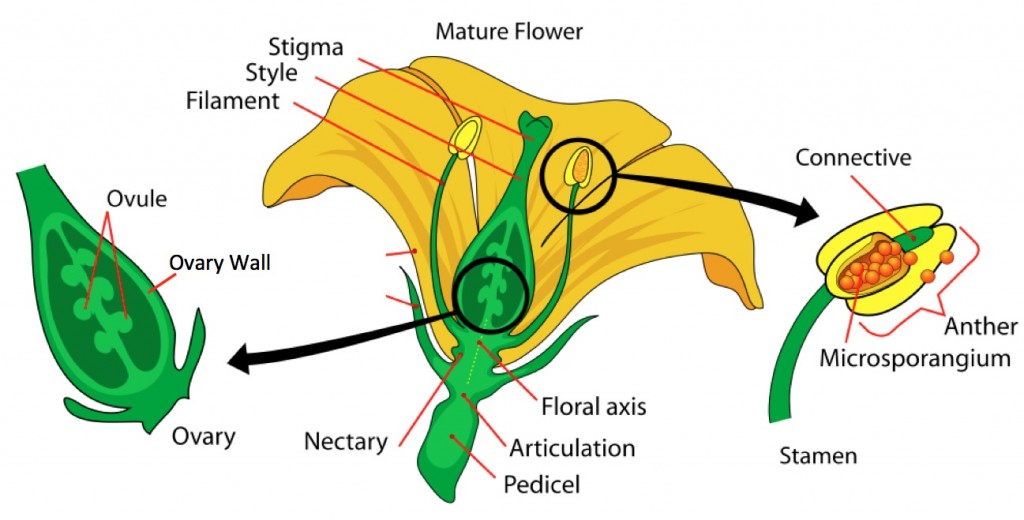Sometimes we think science if much more advanced than it really is. For years, folklore has said if you grow something like cayenne next to sweet banana you will get hot banana pods via cross pollination. People who favor science to folklore say that is impossible. That the dna will be in the seed but not the pepper. That cross pollination can not change the flavor of a pepper.
Thing is, until recently when we were talking animals the thought was that the placenta was fetal tissue. Thus, it would have the dna of both the mother and father. Now that was the thinking in animals, not plants. But guess what? Yep, science changed its mind in 2013. As a result of a study at Cornell University. That study indicates that the placenta of an animal is built according to the father's dna.
Does this study apply to plants? Nope. But it does go to show that science changes its mind on this and many other topics. So with the huge volume of folklore out there, I gotta wonder if maybe science isnt going to change its mind on plants too.
Thing is, until recently when we were talking animals the thought was that the placenta was fetal tissue. Thus, it would have the dna of both the mother and father. Now that was the thinking in animals, not plants. But guess what? Yep, science changed its mind in 2013. As a result of a study at Cornell University. That study indicates that the placenta of an animal is built according to the father's dna.
Does this study apply to plants? Nope. But it does go to show that science changes its mind on this and many other topics. So with the huge volume of folklore out there, I gotta wonder if maybe science isnt going to change its mind on plants too.

 xD xD
xD xD